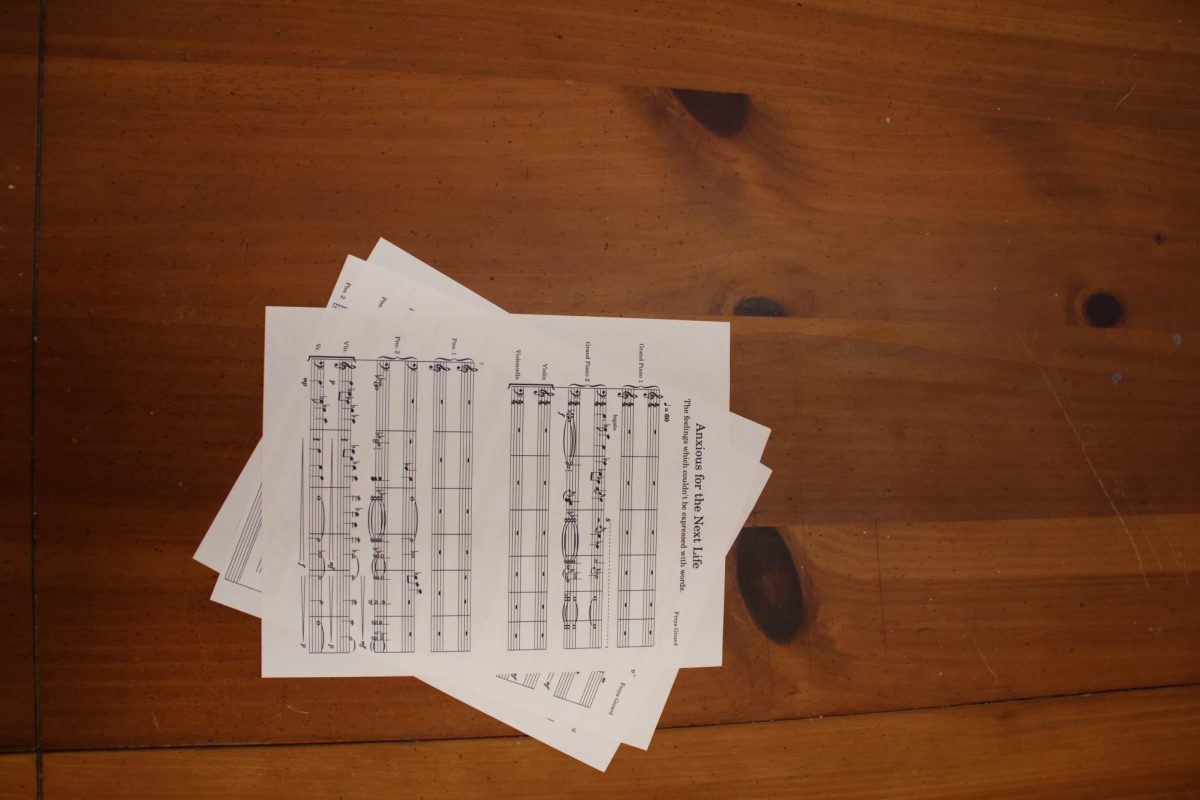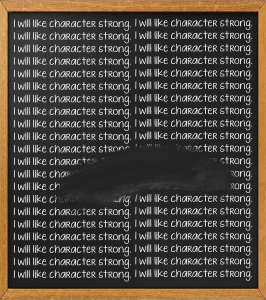Porn distorts views about teen sexuality
Research says young people get unrealistic expectations about sex from pornography
November 19, 2015
In the age of smart phones and easy internet access, unlimited amounts of pornography are available to just about any American at just about any time.
On average, first exposure to pornography comes at age 14 — before teens start high school, according to a 2008 study published in CyberPsychology and Behavior. For most, that also comes before any sort of sexual education or experience. And that, many worry, can create problems as students seek to form real relationships.
“Although I don’t personally watch pornography, I think that it gives people an unrealistic expectation of what women and men are supposed to look like and be sexually, even though that’s not how the real world works,” junior Amelia Dunlap said.
Health teacher Adam Green sees pornography as a threat to parents’ ability to teach their children about safe and consensual sex.
“I guess my feelings on pornography on the internet are that it’s prevalent, and if you don’t talk with your children about the subject of sex, then they’re going to get that conversation other ways,” Green said.
Green stresses the meaning of those conversations, having co-taught comprehensive sex ed at Lawrence High with his wife, Cori.
“It’s very, very important that you have that conversation,” Green said. “You don’t necessarily make that subject as taboo as what we like to. It needs to be a little bit more open to conversation. That has to start with adults. It’s not going to start with children, and it shouldn’t start with children.”
As a parent, Green says it’s apparent that students need an education about sex that goes beyond the acts portrayed in pornography. There is a popular idea that adolescents, particularly heterosexual boys, internalize sex acts portrayed in porn to be normal and expect them in relationships.
“There’s an obvious double standard that exists when it comes to talking about sex between men and women,” Green said. “I hope, speaking as a father, my wife has done a really good job of making a conversation happen with our girls. If you do that, you don’t necessarily have to worry about their roles.”
Psychologist David J Ley published “Common Sense About the Effects of Pornography” on psychologytoday.com, though it’s not his first work on pornography. Ley disagrees with the idea of “porn addiction” and with the practice of shaming those who watch porn.
In an interview with The Budget, he said he believes that pornography is used as a stand-in for sex ed because students aren’t given what they want and need.
“If adequate, pragmatic, real-world sex education was happening, issues and concerns with porn would be minimized,” said Ley, whose practice is in Albuquerque. “Teens go to porn because sex education they are provided is unhelpful and unsatisfactory.”
A problem with porn standing in for sex ed is that many teens see acts and don’t realize that they are not practical in everyday, healthy sex lives.
“Sadly teens don’t understand that porn is a fantasy, just like the ‘Fast and Furious’ movies are fantasy,” Ley said. “We don’t expect people to learn to drive safely from those movies — porn is no different.”
English teacher and Young Feminist Club sponsor Shannon Draper believes that exposure to pornography before real sexual experience pushes false ideas on teens.
“I think that consuming anything that represents negative relationships involving intimacy has a negative impact on the people who consume that particular product,” Draper said. “So, for example, if students under the age of 18 are watching those things, they haven’t had their own unique, individual relationships that have an intimate component, they may believe that what they’re seeing is how those relationships should play out.”
Draper maintains that porn doesn’t show real, healthy sexual relationships.
“Most of those filmed encounters don’t have a relationship at the center of them at all,” she said. “So it can make the people who have consumed those products believe that they don’t have to have a relationship, that they can just get to that point without knowing a partner, and I think that that’s detrimental to the healthiest way to engage with each other.”
Though many believe that the availability of pornography that exploits women and shows violence against them encourages behaviors in everyday life, Ley disagrees. He said availability of porn can give viewers an outlet for those thoughts and urges.
“Consistent, careful research done around the world shows that access to pornography actually decreases rates of sexual violence — particularly in adolescent males,” he said. “Having a safe, legal, private sexual outlet decreases sex crimes, including sexual abuse. That’s a piece of this debate rarely discussed — pornography decreases rape and sexual abuse — it does not increase them.”
Still, students anticipate pressure from partners based on pornography.
“I think it can be pressuring for those in a relationship to do things they don’t want to do or in ways they don’t want to do just to live up to each other’s expectations that they’ve acquired,” junior Brendan Connor said.
As access to pornography becomes increasingly easier, sex ed can be worked around its existence, Ley said.
“What we need, is for these young people (male and female), to have support to ask questions, understand themselves, each other, and learn how to interact with each other around sex in a thoughtful, respectful and responsible way,” he said.














